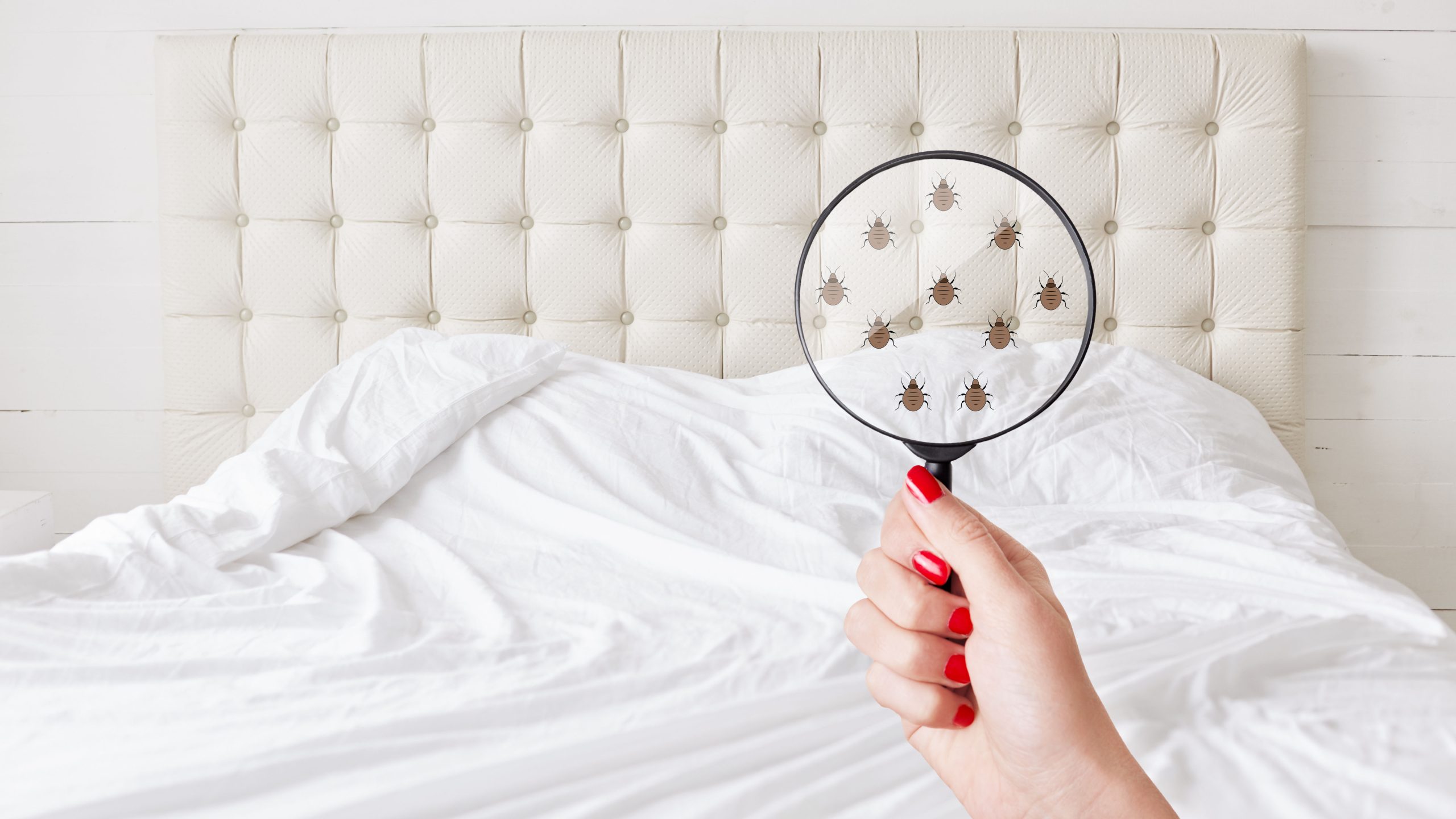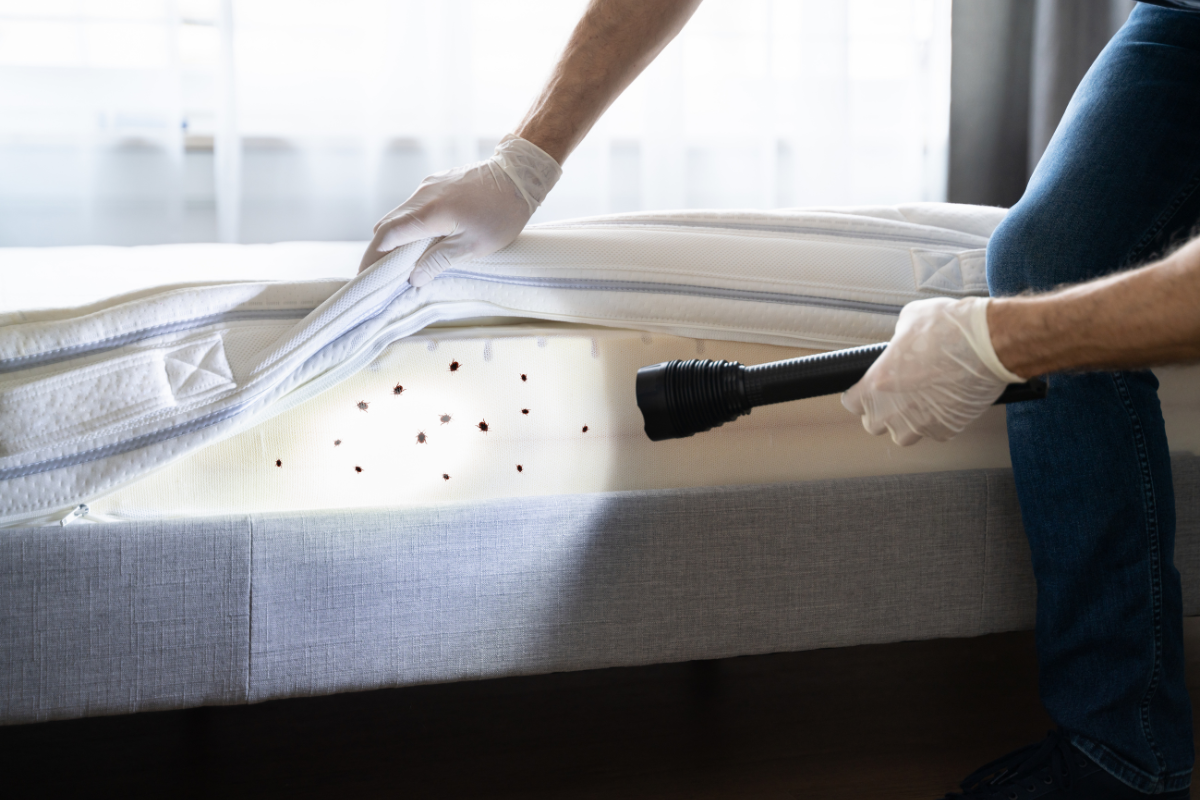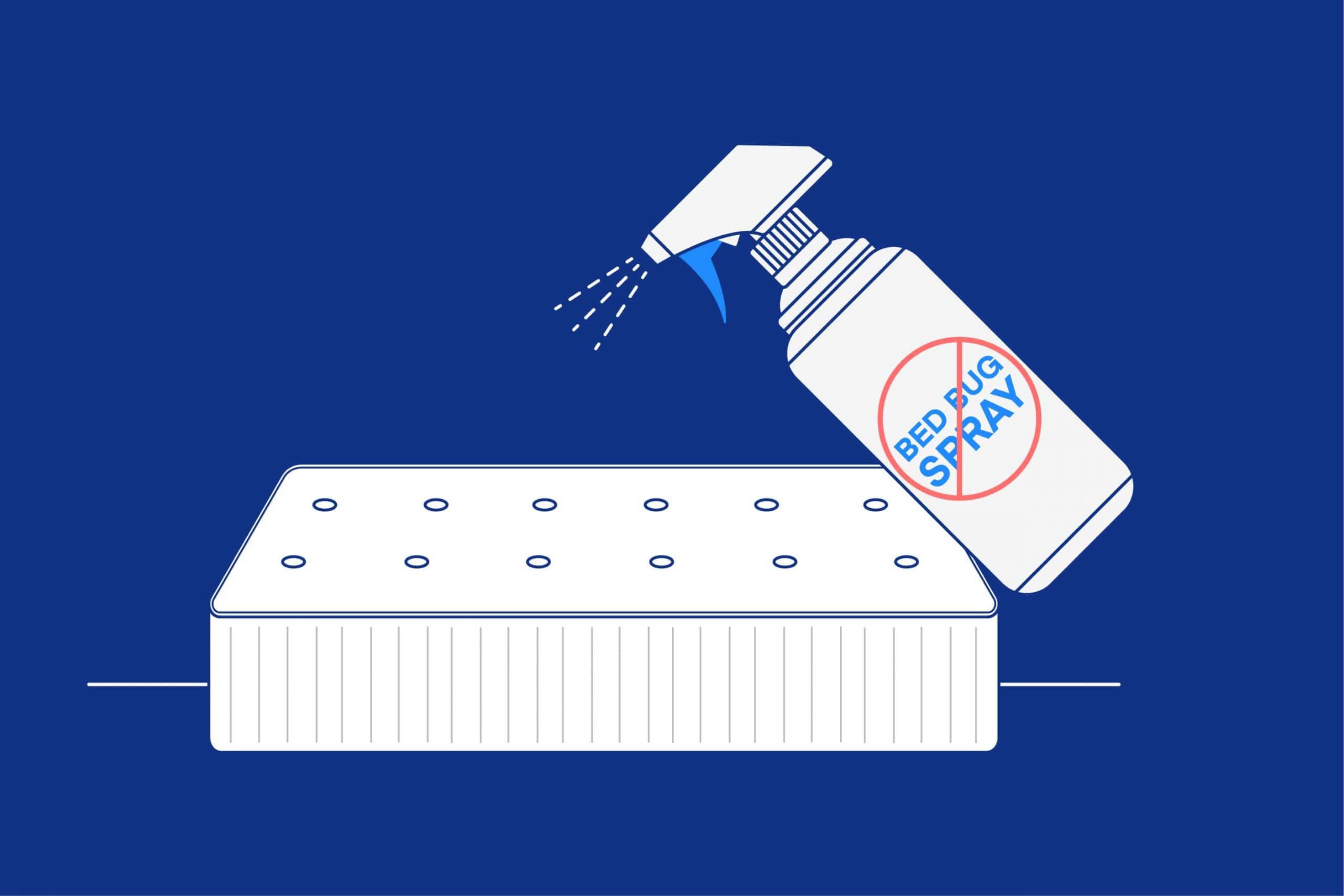Introduction
Bed bugs are a persistent and unwelcome nuisance that can infest any home, regardless of its cleanliness. As mattresses provide an ideal habitat for these pesky parasites, it’s crucial for owners to be vigilant and proactive in detecting and preventing bed bug infestations. This comprehensive guide equips you with the knowledge and strategies needed to safeguard your mattress and maintain a bed bug-free sleeping environment.
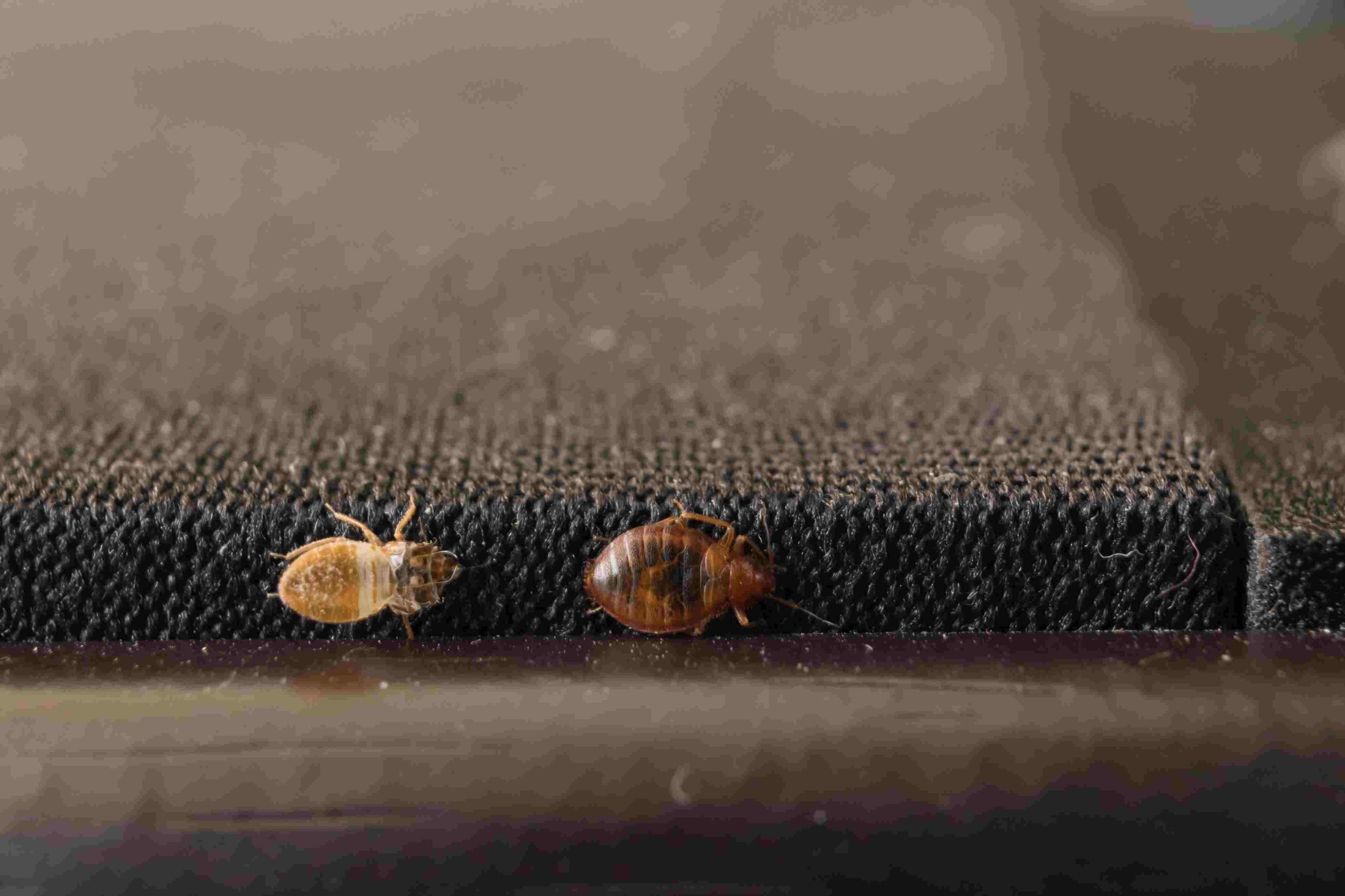
Understanding Bed Bugs
Bed bugs (Cimex lectularius) are tiny, reddish-brown insects that feed on the blood of humans and animals. They are nocturnal creatures that hide in cracks and crevices during the day, coming out at night to feed. Bed bugs do not transmit diseases but can cause itching, allergic reactions, and significant distress to those affected.
Signs of a Bed Bug Infestation
- Visual Clues: Inspect your mattress and bedding for live bed bugs, which are about the size of an apple seed in their adult stage. Look for rust-colored spots (bed bug feces), molted skins, and tiny white eggs.
- Unexplained Bites: Multiple itchy, red bumps, usually in a line or cluster, may indicate bed bug bites. However, reactions vary among individuals, and some may not show any symptoms.
- Musty Odor: A sweet, musty smell, similar to that of coriander, can signal a heavy bed bug infestation.
Early Detection Strategies
- Regular Inspections: Conduct thorough inspections of your mattress, box spring, bed frame, and surrounding furniture every few weeks, paying close attention to seams, tags, and folds.
- Use of Interceptors: Place bed bug interceptors under the legs of your bed. These devices trap bed bugs trying to climb up or fall off the bed, helping you detect an infestation early.
- Active Monitoring Devices: Employ sticky traps or electronic monitors that emit CO2 and heat to attract bed bugs, making them easier to spot.
Preventative Measures
- Mattress and Box Spring Encasements: Cover your mattress and box spring with certified bed bug-proof encasements. These prevent bed bugs from entering or escaping and make detection and control easier.
- Minimize Clutter: Reduce hiding spots by keeping your bedroom organized and free of clutter, especially near the bed.
- Travel Precautions: Inspect hotel rooms and luggage carefully when traveling. Use suitcase covers and avoid placing bags on the floor or bed.
- Laundry Habits: Wash bedding regularly in hot water and dry on high heat to kill any potential bed bugs or eggs.
Addressing an Infestation
- Professional Inspection: If you suspect an infestation, contact a licensed pest management professional. DIY methods often prove ineffective and can exacerbate the problem.
- Integrated Pest Management (IPM): Professionals will likely employ IPM strategies, combining non-chemical and chemical treatments tailored to the severity of the infestation.
- Follow-Up Inspections: After treatment, continue to monitor your mattress and living spaces for signs of bed bugs to ensure the infestation has been fully eradicated.
Emotional Support
Dealing with bed bugs can be emotionally taxing. Seek support from friends, family, or online communities if the stress becomes overwhelming. Remember, a bed bug infestation is not a reflection of personal hygiene and can happen to anyone.
Educate Yourself on Bed Bug Biology
Understanding the life cycle of bed bugs can aid in early detection. Bed bugs go through several stages from egg to adult, with each stage requiring a blood meal. Eggs hatch within 6 to 10 days, and nymphs molt five times before reaching maturity. Knowing this timeline can help estimate the severity and duration of an infestation.
Utilize Natural Deterrents
While not scientifically proven, some natural remedies are believed to deter bed bugs. Lavender oil, eucalyptus oil, and diatomaceous earth (food-grade) are among substances that some people use around their beds and in cracks and crevices. Note that these should supplement, not replace, professional treatment.
Mattress Disposal and Replacement
If your mattress is heavily infested and beyond salvage, dispose of it responsibly. Wrap the mattress in plastic to prevent spreading bed bugs and clearly label it as infested to alert others. When purchasing a new mattress, immediately encase it in a protective cover to prevent future infestations.
Tenant and Landlord Communication
If you live in a rental property, promptly report any suspected bed bug activity to your landlord. Many regions have laws requiring landlords to address infestations promptly. Open communication ensures a coordinated response and can prevent the spread to neighboring units.
Community Awareness
Spread awareness within your community about bed bugs. Educational programs and sharing prevention tips can help reduce the stigma associated with infestations and encourage a collective effort in early detection and control.

Post-Treatment Precautions
After successful extermination, continue to practice preventative measures. Keep inspecting your mattress and living areas regularly and maintain good housekeeping practices. Be cautious when acquiring second-hand furniture or textiles, as these can harbor bed bugs.
Emotional and Financial Preparedness
Infestations can lead to unexpected expenses. Consider setting aside a small emergency fund for pest control services. Additionally, knowing your rights as a tenant or homeowner regarding bed bug remediation can help navigate potential financial implications.
Natural Deterrents and Prevention
While natural methods may not replace professional treatments, they can supplement your prevention strategy:
- Essential Oils: Some oils like lavender, peppermint, and eucalyptus have been suggested to repel bed bugs, though scientific evidence is limited. Dilute them with water and spray around your bed frame.
- Diatomaceous Earth (DE): Apply food-grade DE in a thin layer around bed legs and in cracks where bed bugs might hide. DE dehydrates bed bugs on contact, but use caution as it can be harmful if inhaled.
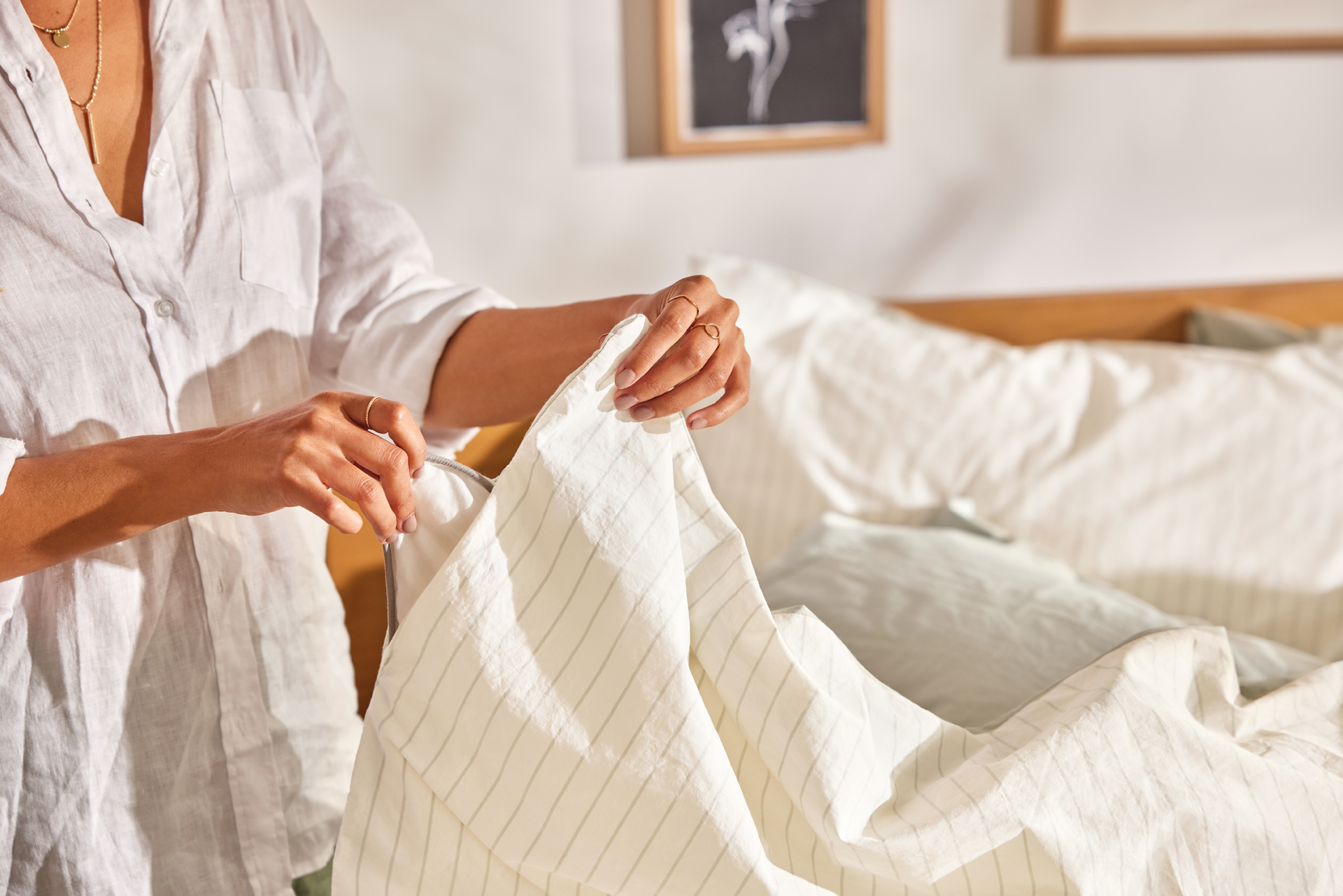
Conclusion: Stay Ahead of the Game
By staying vigilant and implementing proactive measures, you can significantly reduce the likelihood of a bed bug infestation in your mattress and home. Early detection and intervention are key to effectively managing these pests, preserving your peace of mind and ensuring a restful, bed bug-free sleep. Regular inspections, preventative steps, and prompt professional assistance when needed form a solid defense against these unwanted roommates.
Combating bed bugs requires a multi-faceted approach that emphasizes early detection, prevention, and effective response. By staying informed, proactive, and working collaboratively with professionals and your community, you can minimize the impact of bed bugs and protect your home from these unwelcome guests. Remember, persistence and patience are key in successfully managing and preventing bed bug infestations.
